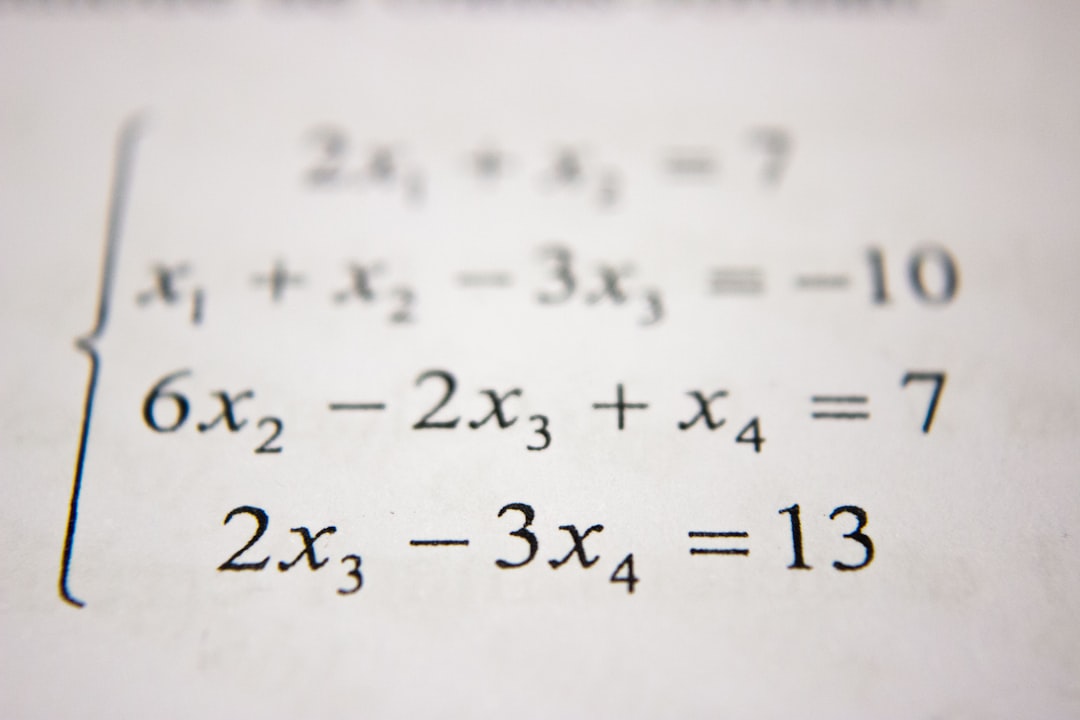
Understanding Variables and Expressions
In algebra, we often deal with symbols called variables which represent unknown numbers. A variable is usually written as a letter like x or y.
For example, the expression \( x + 5 \) means “a number plus 5.” Since we don’t know what x is yet, we leave it as a letter until we solve or evaluate it.
Solving Simple Equations
Basic algebra involves finding the value of a variable that makes an equation true. Take this example:
\[
x + 3 = 7
\]
To solve for x, we subtract 3 from both sides:
\[
x + 3 – 3 = 7 – 3 \Rightarrow x = 4
\]
Real-World Example
Isang estudyante ay may 3 na lapis, at binigyan siya ng kaibigan niya ng ilang lapis pa. Kung mayroon na siyang 7 na lapis ngayon, ilan ang binigay ng kaibigan niya?
Let \( x \) be the number of pencils given by the friend. The equation becomes:
\[
3 + x = 7 \Rightarrow x = 4
\]
Kaya ang kaibigan niya ay nagbigay ng 4 na lapis.
Simplifying Expressions
Sometimes, you will need to simplify expressions by combining like terms. Like terms are those that have the same variables raised to the same power.
Example:
\[
3x + 2x = 5x
\]
Here, both terms have the variable x, so you can add them together.
Distributive Property
One useful rule in algebra is the distributive property, which lets you multiply a number across parentheses:
\[
2(x + 3) = 2x + 6
\]
Real-World Example
May promo sa isang tindahan: bawat kahon ng kendi na naglalaman ng 3 piraso ay nagkakahalaga ng ₱2 bawat piraso. Kung bumili ka ng 4 na kahon, magkano ang kabuuang halaga?
Solution:
\[
4(3 \cdot 2) = 4 \cdot 6 = 24
\]
Kaya ang total ay ₱24.
Conclusion
Basic algebra helps us describe relationships, solve problems, and understand patterns in numbers. By learning how to work with variables and equations, you are laying the foundation for more advanced math topics in the future.


